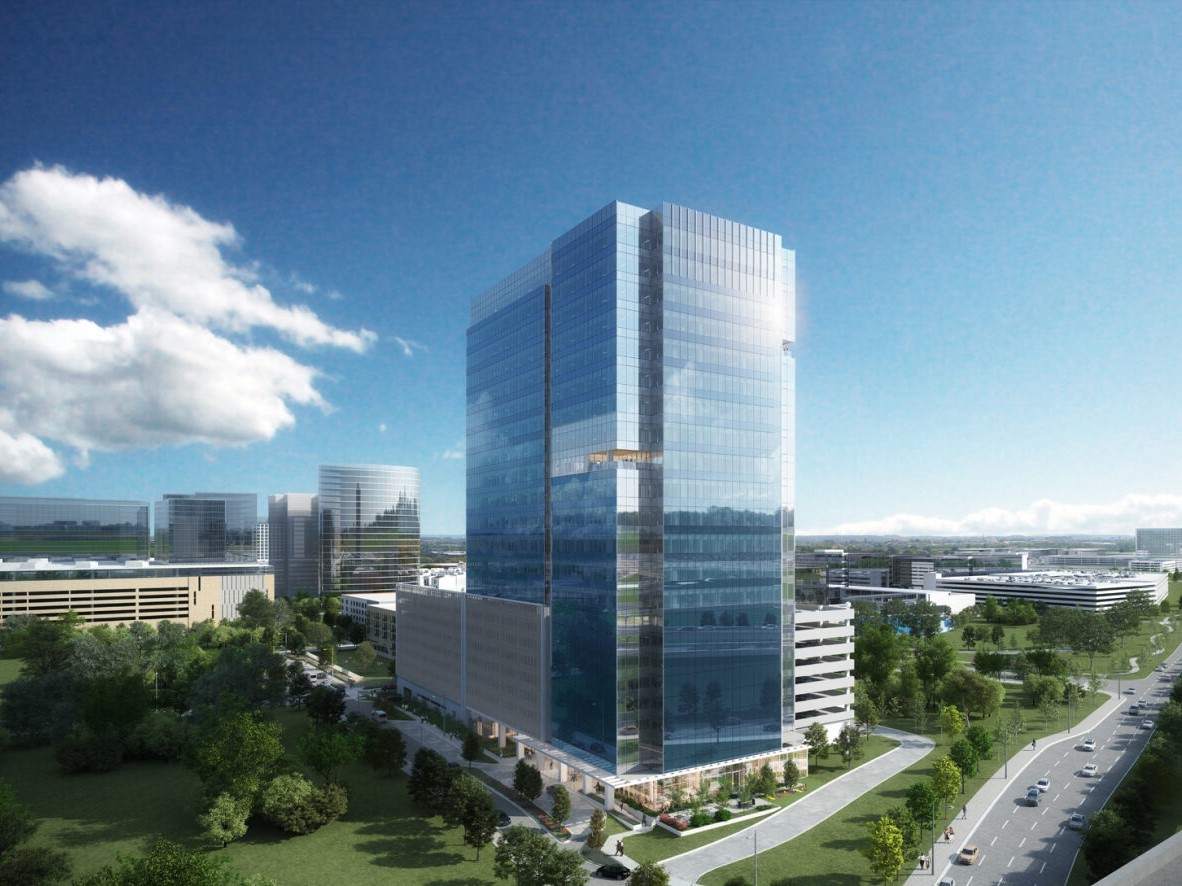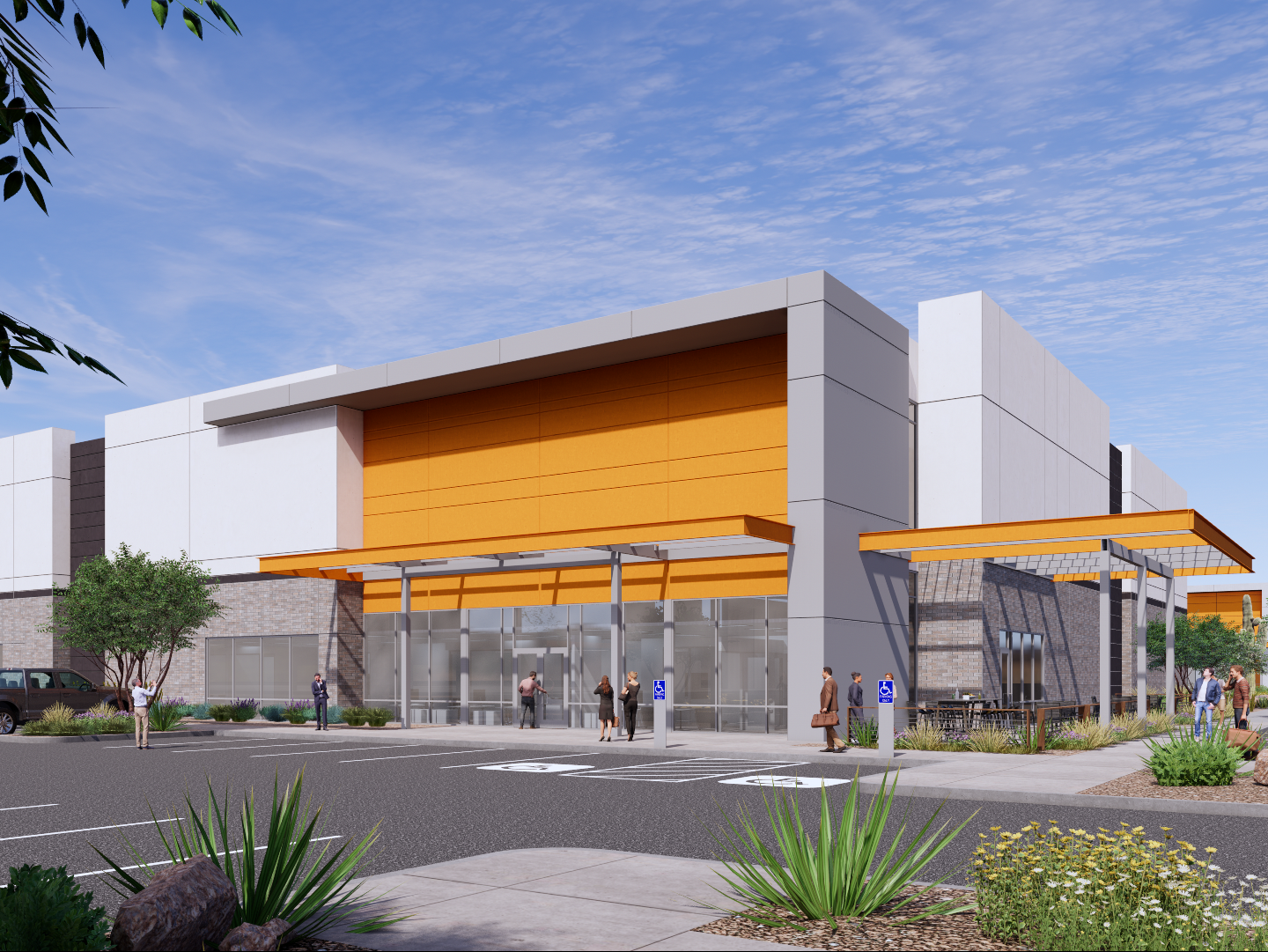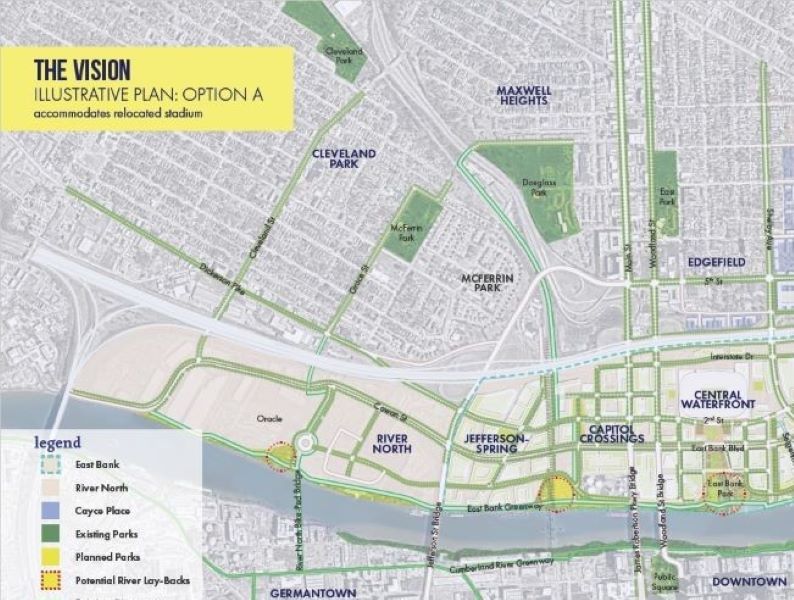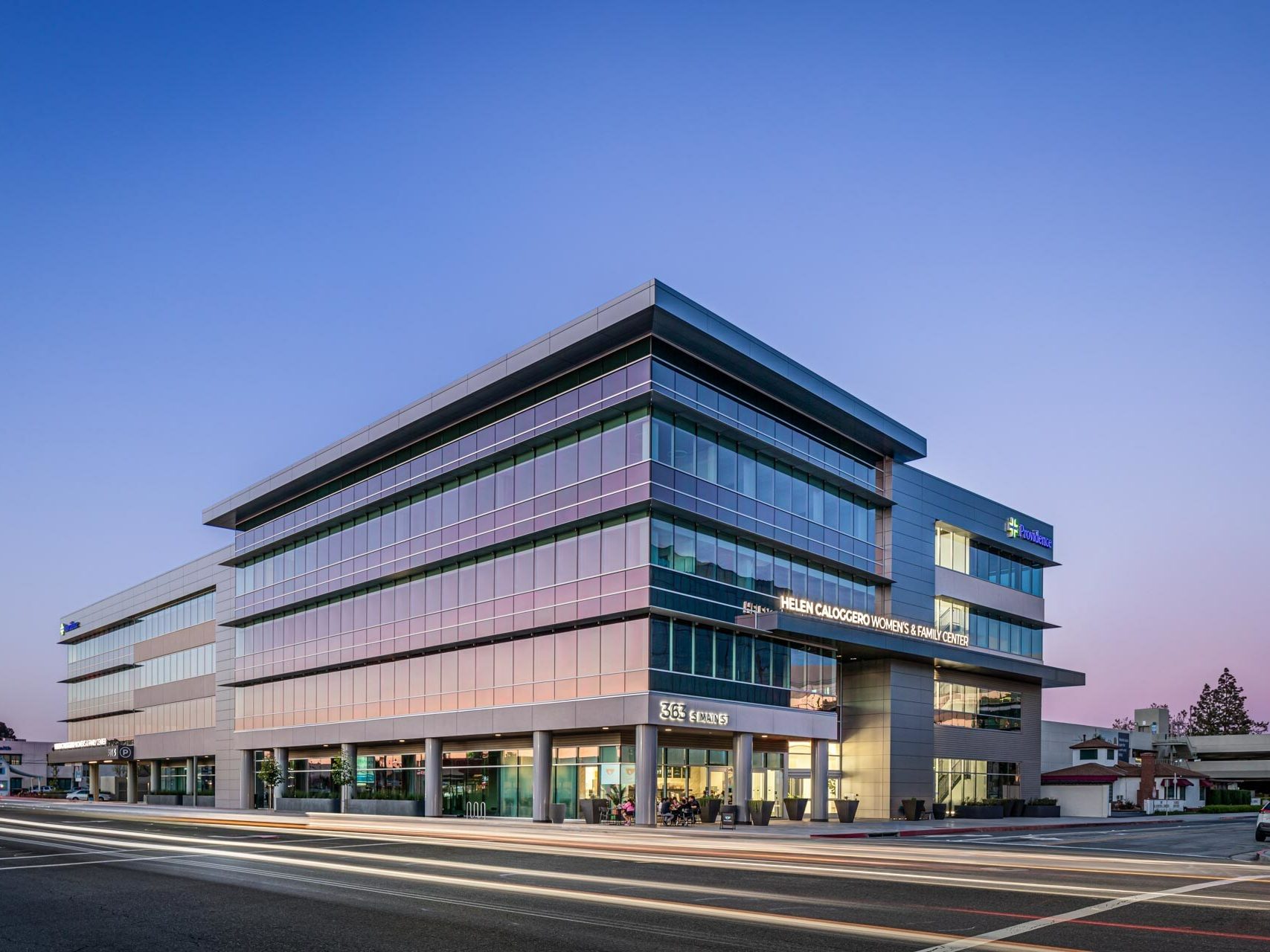Hybrid Work Is Changing Flex Office: Los Angeles Spotlight
Experts predict how flexible solutions will weigh in the new workplace landscape.
California’s Department of Public Health recently decided to lift most restrictions related to the pandemic, and business activity is expected to steadily increase over the coming months. After more than a year of working from home, Los Angeles’ office landscape is forever changed. Regardless of what each company decides about reopening, flexible solutions are expected to play a vital role.
Last year, L.A. had the second-largest flexible office market by inventory in the U.S.—more than 6.4 million square feet—second only to Manhattan. Mirroring nationwide trends, demand for suburban product began to balloon as office users shifted away from busy central business districts and began to favor less densely populated submarkets.
As it is too soon to predict a cohesive vision for the future, companies are still evaluating their office footprint needs and experimenting with different hybrid work models, which in turn is benefitting the flexible office market.
READ ALSO: Quantum Shift Looms for Office

Kasey Garcia, Senior Manager & Southern California Market Lead, CBRE’s Workplace practice. Image courtesy of CBRE
“There is one major trend that we believe will be a common denominator: Most industries will embrace greater flexibility,” Kasey Garcia, senior manager & Southern California market lead in CBRE’s Workplace practice, told Commercial Property Executive.
In a recent survey of 77 major global companies, CBRE found that 86 percent plan to include flexible space as a key part of their real estate strategies, while an additional 82 percent favor offerings that include flexible space.
“It’s an exciting time. We’re flooded with requests from landlords, brokers, and others—even apartment communities—who wish to engage flexible space for remote workers and businesses transitioning to a hybrid work model,” Jeff Reinstein, CEO of Premier Workspaces, said. “It’s a natural fit that allows businesses to support remote employees, reduce their footprint and control expenses—all with flexibility that wouldn’t be possible in a traditional lease.”
Visions for the new workspace
In a recent report, Global Workplace Analytics found that an overwhelming majority of both office workers and employers would prefer a hybrid approach after the pandemic subsides. Eliminating the commute to work seems to be the most desirable first step toward the new economy, and many companies are willing to implement smaller footprints that are closer to residential areas to meet their employees’ needs.
Jason Purvis, senior managing director at Granite Properties, told CPE that employers are evaluating flexible workspaces—including hub-and-spoke models—to provide options that are closer to employees’ homes and to accommodate remote workers in multiple satellite offices.
“It is one of the reasons we’re offering G.O. Pass with Industrious, enabling Granite Southern California customers to lease their primary space in a Granite building and establish a network of satellite offices at any Industrious location, nationwide,” Purvis said.
Many companies look to implement the best of both worlds by offering employees the possibility to work for one or two days outside the main office, while some are even opting for a fully remote arrangement. Purvis anticipates office owners will become more directly involved in providing flexible solutions as part of their offering, which is one reason why he expects L.A.’ flexible office market to grow going forward.
Remaining inflexible in the face of change as an employer could come with some challenges, according to Garcia, as talent attraction and retention might become an issue. In L.A., many employees have already migrated to more affordable areas, so reinstating a non-remote work policy could be problematic. “In the L.A. region, up to 30 percent of our clients’ workforce may have moved or temporarily relocated to a location distant from the office,” Garcia said.
Potential challenges ahead
And as hybrid work models seem to be here to stay, another trend that is intensifying is the consolidation or restructuring of several agile workspace operators. In February, CBRE announced its $200 million investment in Industrious, eventually growing its stake in the company to 40 percent. A month later, Newmark’s acquisition of Knotel was approved, with the global brokerage firm taking over all the flexible provider’s assets.
Reinstein believes that the consolidation trend will continue, as distressed operators close, sell or completely reposition. He also anticipates that hybrid work models will become a focus of the CRE industry in the coming months, which is why Premier intends to grow its coworking space portfolio by a total of 2 million square feet across 100 more locations nationwide.
And with growing demand, another challenge going forward will be maintaining profitability. “It will be tempting to fall in love with space savings and there is a common tendency toward overly simplistic calculations,” said Garcia. “Occupiers will need to consider fluctuations in daily occupancy, efficiency vs. effectiveness, and appetite for desk sharing,” she added.
The need to innovate
Demand for flexible space will continue to rise as more businesses across L.A. decide on the future of their workforce. New standards for health and wellness are emerging, and Purvis believes that office owners will need to adapt from providing just office space to delivering workspace experiences that foster wellness, productivity and innovation.
The most impactful innovations will be those that support the “hotelification” of the office space, Garcia thinks. Occupiers will seek to motivate, as opposed to mandate on-site presence, by providing a differentiated experience of working in the office. She is convinced that high-performing workplace environments will include cutting edge smart building technology, convenience-oriented services and amenities, as well as “wow factors” in their design, all by taking inspiration from the worlds of hospitality, activated retail and the creature comforts of home.
All things considered, flexible office space is anticipated to be in greater demand going forward. By 2025, the coworking market is expected to exceed $13 billion, according to a new report by The Business Research Co. Factors which will shape the industry for years to come include an increasing focus on sustainability, new technologies and meeting users’ demand for custom-tailored solutions.










You must be logged in to post a comment.